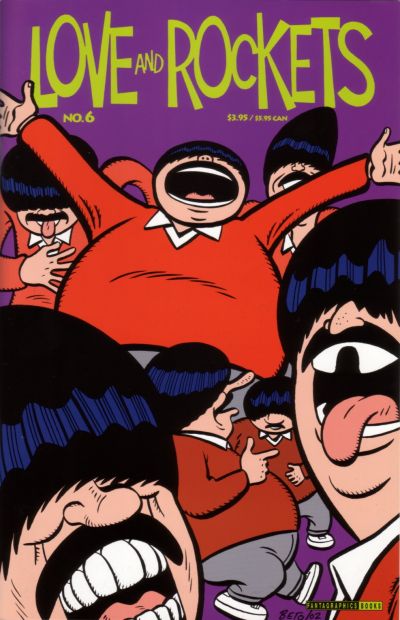Thoughtbubble is very different from the other side of the table. Having attended for the past three years I thought I had a good idea of what it would be like but it was more of a gigantic learning curve.
Stuff I've learnt:
Preparation is key - I was not prepared in advance and this made the run up to Thoughtbubble INCREDIBLY stressful. I did all-nighters and everything. Next time I will start doing things from the minute I book my table, but along side other work, rather than sacrificing college work to finish the things I planned to do for this. I didn't get to do everything I wanted to, like adding to my old comics and finishing my new ones to a good standard. I didn't allow enough time to print and produce and were it not for Rowena's assistance none of my comics would be trimmed, folded or stapled.
Front covers are important - I have a tendency to put a lot of effort into the contents of a comic but by the time I get to do the cover I've usually ran out of time and I just slap something together at the last minute. This hasn't been a problem before as I've been giving them out for free but when I want people to buy my comics all they can see at a quick glance is the cover, there's no way of them knowing if they'd enjoy the story
Fan Art - I realise I have undervalued fan art. As much as I still think it's a cop out and that people should create their own characters and worlds to make work based on, I now realise there is a market for it at Thoughtbubble and in terms of profit it is very valuable. Who's to say there's more integrity in writing stories anyway.
Quality - Looking at other people making similar work, I noted that their things were of a lot higher physical quality. They were printed better, in colour or at least the covers had colour, and more thought had clearly gone into the things they were selling. Overall other peoples things appeared a lot less rushed than mine did.
Table Setup - The more professional looking tables had more care put into the setup of their tables, they didn't just cram all of their things onto the available space like I did. There's decorative elements to consider, also more professional looking stands and nicer ideas for displaying work like hanging prints on a washing line on the front of the table.
Rude Browsers - An irritating amount of people would approach the table, read the entirety of one of my comics, put it down, smile and walk away. I don't know why they thought that was okay, especially when the thing they read was usually only a pound, and I have no idea how to prevent this next year other than calling them out on it, which would probably just create a bad atmosphere. This requires further consideration.
'Networking' - The most enjoyable part of the whole thing was just talking to other creators. I noticed it was massively different to talking to them as an exhibitor than as an visitor as our gold wristbands automatically established a level of equality and solidarity, leading to more in depth conversations based on an assumed level of knowledge. I was on the end of our table so I sat next to Dilraj Mann who is a lovely person and we bonded over many things from creative processes to the idea of a world populated entirely by hardcore nerds.





































